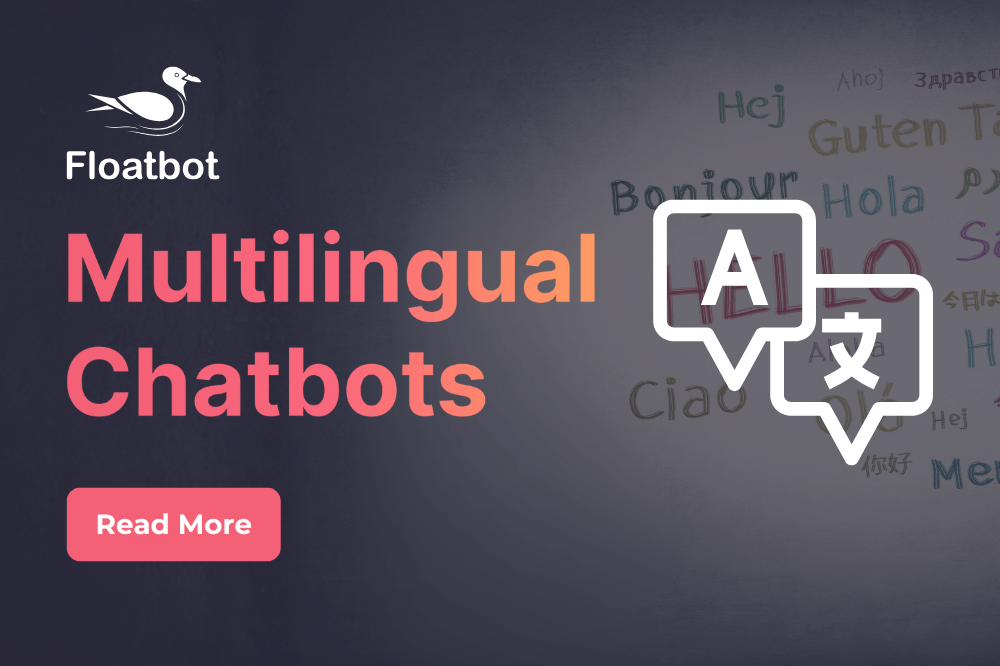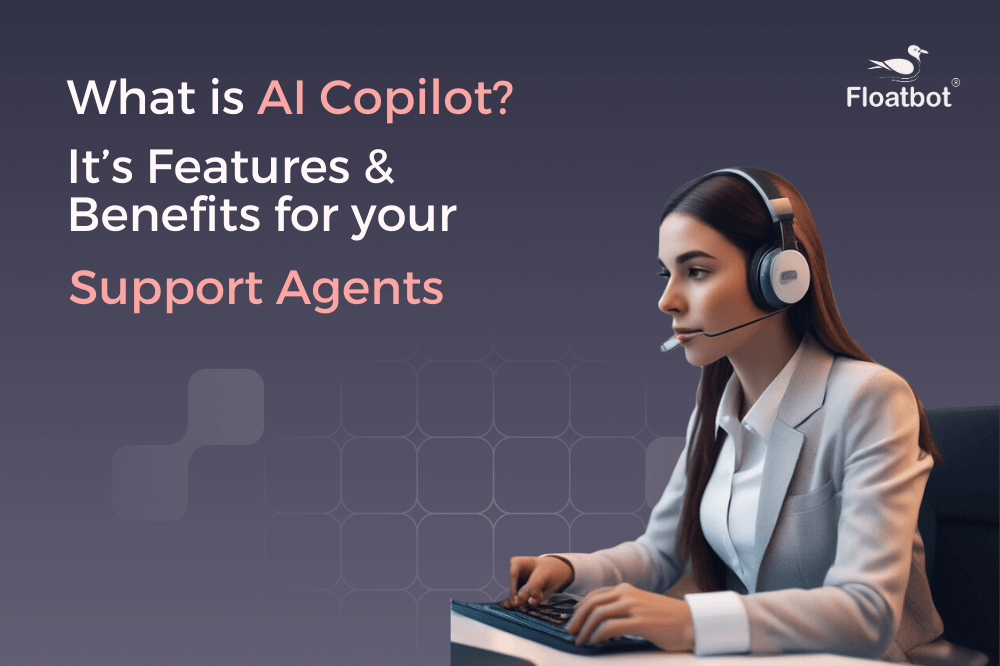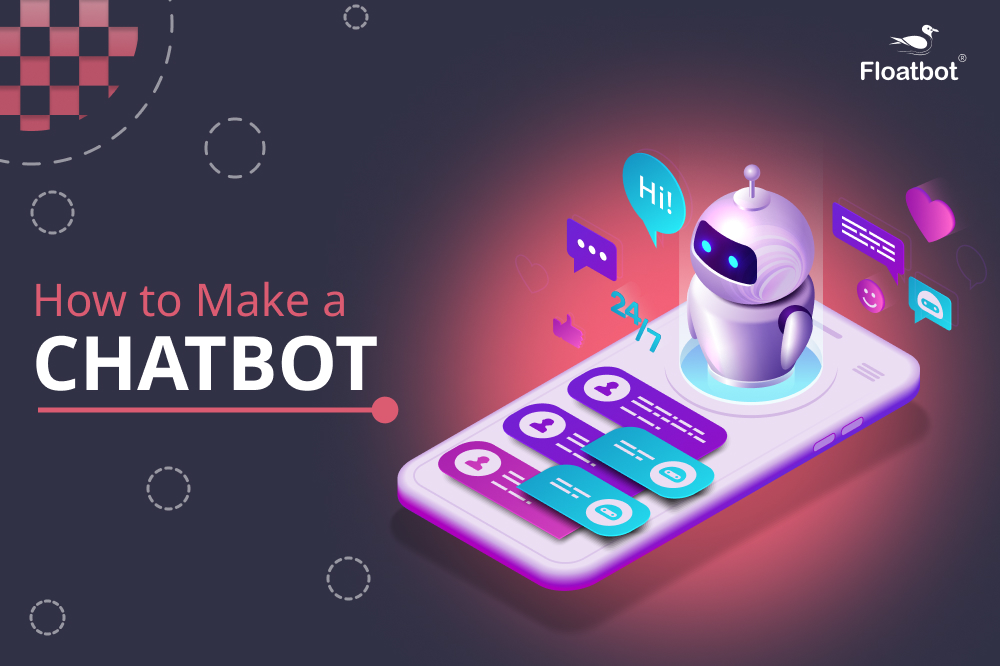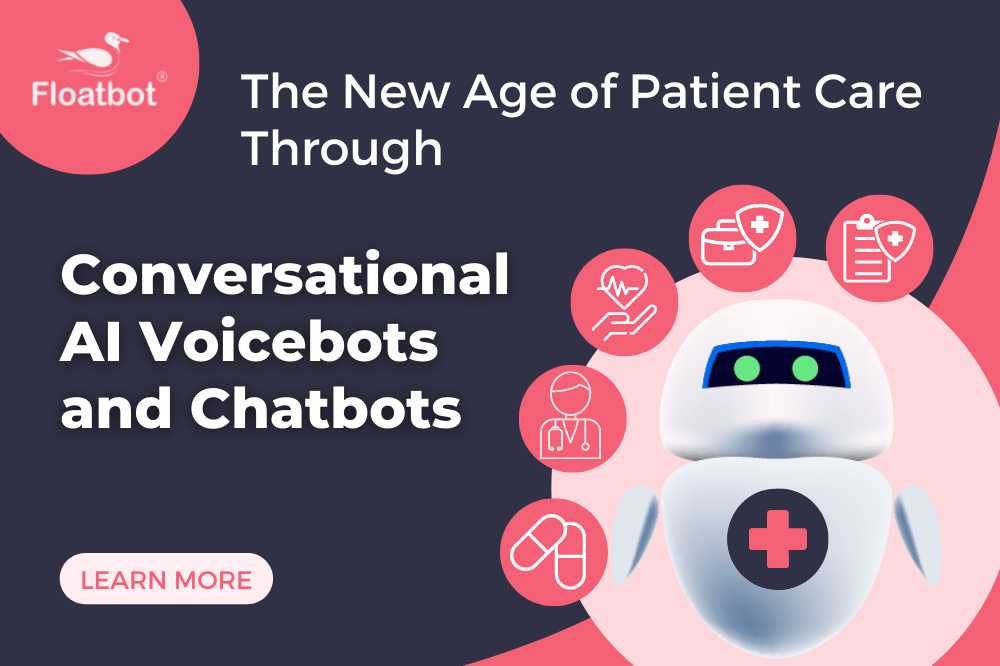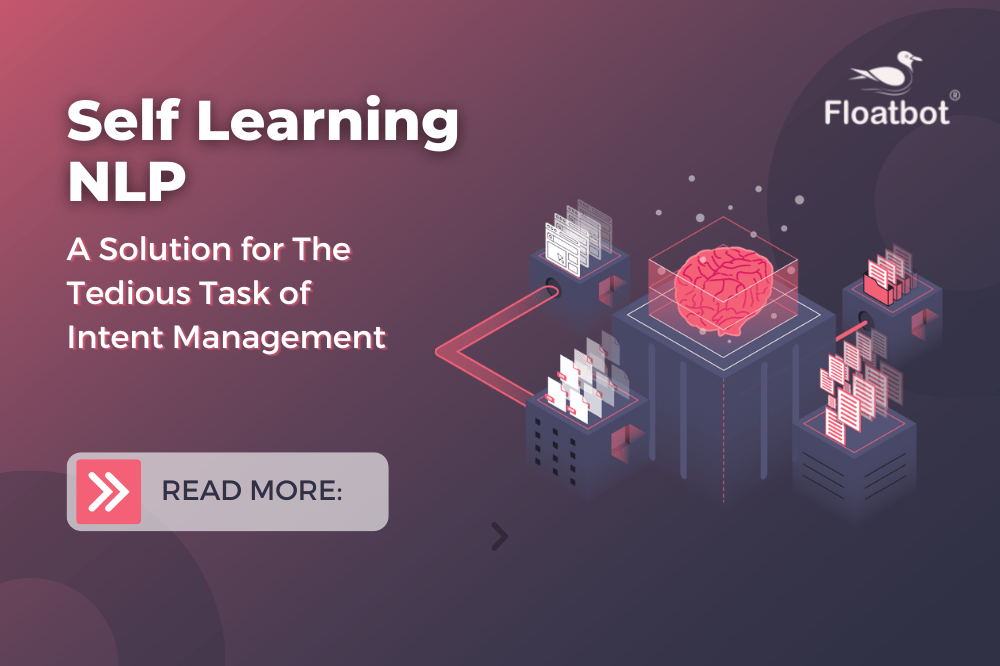How Generative AI Automates and Streamlines Debt Collection and Recovery
Learn how generative AI or gen AI is automating debt collection, streamlining debt recovery, and lowering operational costs.
- Mar 04 2025
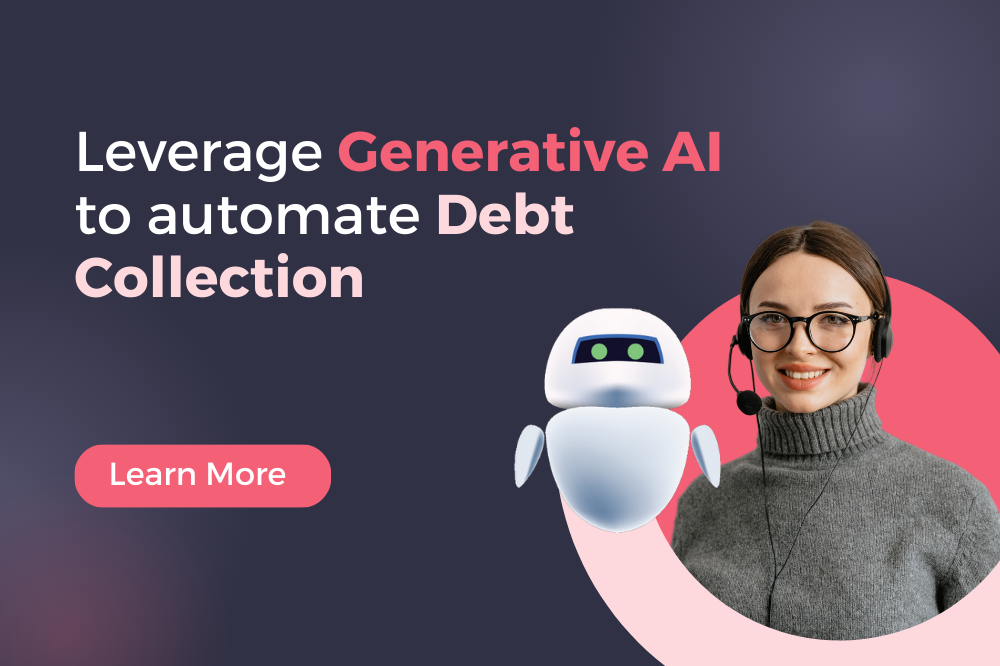
The debt collection software industry is booming and expected to reach USD 4.6 million by 2024. Meanwhile only 20% to 30% of debt is actually recovered by agencies. What does this mean?
This indicates that the traditional or common approaches are ineffective. As a result, businesses are looking for alternatives that are effective (the reason for the debt collection software industry to soar).
Checkout how a Gen AI powered Voicebot can automate debt collection operations.
The lower success rate of debt collection cannot be attributed to just one particular reason. However, there are some common factors that play a key role – tactics used by the collection agencies to recover debt; lack of proper communication between the debtor and the agency; and the complexity of debt collection process.
Due to these reasons, more and more financial institutions and agencies (SMEs and large enterprises) are turning towards generative AI or gen AI. It easily helps them optimize and automate the debt collection process; improve cost efficiency; enable omnichannel experience for customers; achieve targeted collection strategies according to customer needs; make better decisions with data analytics; and more.
Let's take an in-depth look at how automated debt collections are made possible by generative AI.
The Role of Generative AI in Debt Recovery
Help Human Agent
During interactions with debtors, gen AI can offer real-time insights, help the agents provide appropriate recommendations, negotiate strategies, and identify the next-best response. In other words, gen AI maximizes the potential of human agents, saves time and resources, and supports them in focusing on mission-critical tasks.
Reach More Customers
Before gen AI, 100% account penetration was almost impossible and a significant portion of an agency’s debt portfolio was left behind. Gen AI in debt recovery resolves this by identifying trends or patterns in debtor behavior based on historical data. For example, it can find out if a debtor is experiencing financial constraints such as loss of employment or medical emergencies or if there was a billing error that is causing the payment to be delayed based on past disputes. This also helps the agency to focus more on accounts that are highly likely to repay the debt.
Avoid Human Errors
When there is human intervention, errors can be quite common. This can range anywhere from entering wrong customer information or losing important data. Gen AI in debt collection can eliminate these risks. It can automatically calculate (late fees, interest rate, etc.), collect and store crucial information, continuously update, flag inconsistencies, and correct the data to make sure it is accurate. Remove manual data entry, there is no room for human errors.
Reduce Operational Costs
Goes without saying, gen AI can drastically decrease operational costs by automating monotonous tasks. Whether it's data entry, documentation, or account updates, gen AI can reduce the burden on human agents. Another interesting way gen AI can help in this regard is by enabling self-service. So, customers can manage their payments themselves without relying on a human agent. This also directly impacts how soon a debt is recovered and the overall success rate of debt collection at the agency.
Categorize Debtors
Payment history, outstanding balance, and demographic data are various factors that gen AI can use to build debtor profiles. This way, agencies can segment borrowers into various groups and modify their collection tactics and ensure they are data-driven and effective. For example, if a debtor has been consistent with his or her payments, then the profile can be categorized under ‘low-risk.’ On the other hand, if a set of debtors have a history of not paying the overdue on time, then they can be categorized under ‘high-risk’ profiles. This also helps in allocating resources more efficiently where agencies focus more on low-risk debtors and recover their payments.
Comply with Regulations
Strict laws and regulations are common in the finance sector. Gen AI in finance and debt collection can play a crucial role in compliance management by evaluating customer interactions. If a customer mentions compliance-related keywords during a conversation, then the system immediately flags it, and the instance is reported to the agency. This helps agencies to stay compliant with debt collection laws and guidelines and avoid penalties.
But it does not just help the agency, it can also help the customer. For example, if a lot of customers complain about a particular debt collection strategy, the algorithm will flag that too. This enables the agency to take corrective measures before any violations take place. In a nutshell, gen AI will help agencies to avoid expensive penalties while ensuring consumer rights are protected.
Check what Greg Johnson, Chief Technology Officer from InterProse has to say about LEXI - Floatbot's Collections AI Agent.
Improve Customer Relations
Traditional debt collection methods are notorious for being aggressive. Because it tends to focus more on collection rather than the debtor involved and their circumstances. As a result, it's hard to maintain a good relationship with the customer or debtor during the process of ai debt collection. Gen AI can sort this out by approaching customers with empathy and friendly communication through intelligent collection bots.
These collection bots powered by gen AI can understand and respond to debtors in a kind manner to help them resolve their debts. And that’s not all. They can also send gentle reminders to customers about their overdue without going through frustrating one-on-one phone calls with agents.
Tricolor Auto, one of the fastest-growing financial services firms, collected over $1.83 million in payments within just 5 months of launch. Know more
Forecast Debtor Behavior
Being able to predict customer behavior is one of the most beneficial abilities of gen AI in debt collection automation. This helps agencies to get creative with their tactics. Gen AI goes beyond the surface to identify the root cause of quick payments as well as late payments. It connects the underlying factors (financial obligations) that affect debt recovery to develop strategies that not only help the short-term but also the long-term.
To give an example, if a borrower is experiencing financial setbacks, the agency can offer a payment plan that will help the customer to make smaller payments over a longer period of time. Or take a more stringent approach if the borrower has a long history of delaying payments.
Enable Omnichannel AI Debt Collection
Customers or debtors might have a preferred communication channel. That’s why it is important for the agencies to be able to reach debtors on all touchpoints – phone, email, chat, or SMS. With gen AI-powered debt collection automation in place, the interaction can be synced across all channels to maintain consistency. This way, debtors can switch between channels and not lose track of previous conversations. Agencies can also make automated debt collection calls & send reminders on all channels to prompt the debtor to pay the overdue on time. Consequently, customer satisfaction improves while the debt collection success rate increases.
Automate RPC & PTP
Generative AI or AI Agents powered by GenAI take charge of Right Party Contact (RPC) by proactively reaching out while closely monitoring and managing Promise-to-Pay (PTP) agreements. They also track the number of debtors who have committed to making payments by a designated deadline, ensuring follow-ups and reducing the risk of delinquency. By automating these processes, businesses can improve cash flow, lower the risk of bad debt and free up internal resources to focus on higher-value tasks.
To Wrap Up
The future looks bright for generative AI not just in debt collection but in the banking and finance sector as a whole. As natural language processing and machine learning advances, so will gen AI. This will open new doors that were previously not possible in the debt collection industry. Considering the future of gen AI and its current growth rate, it is not an exaggeration to say that it will become an integral part of debt collection rather than an addition. Ultimately, the goal of agencies is to remove any obstacles that stand in the way of strong customer relationships. Gen AI takes center stage by making it possible and easy.
Achieve faster collections, reduce debt collection costs, improve pay-back rates, and enhance overall CSAT scores with Floatbot.ai. We are a SaaS-based, no-code platform offering effective and intelligent conversational AI (CAI) solutions to businesses. Build, train, and deploy smart bots effortlessly. Our bots support 150+ languages and can be deployed on any touchpoint you require.

